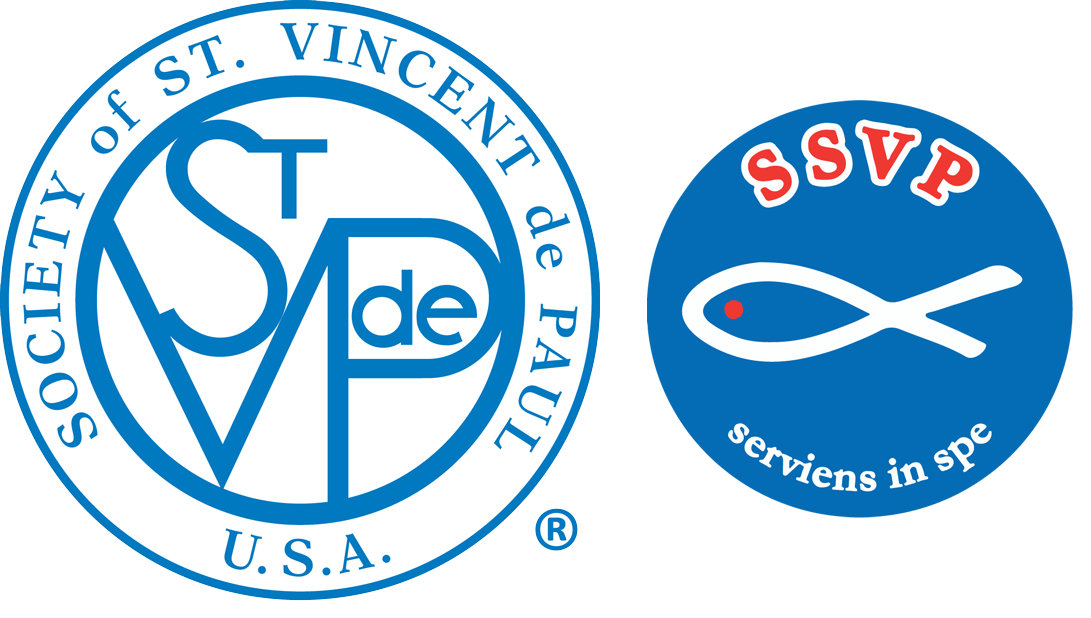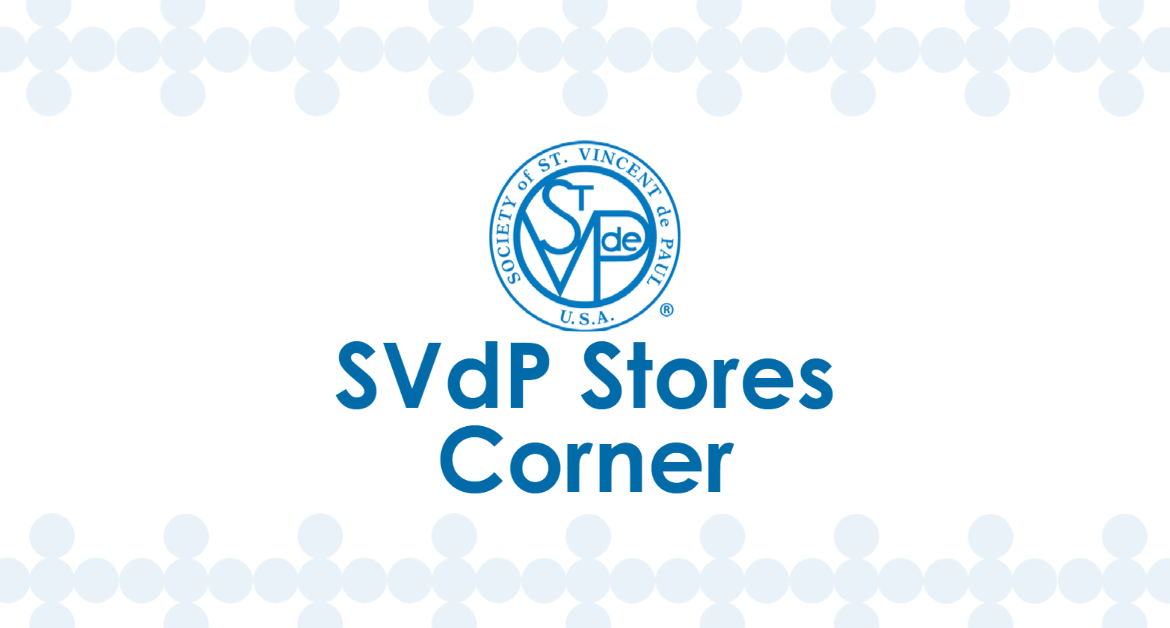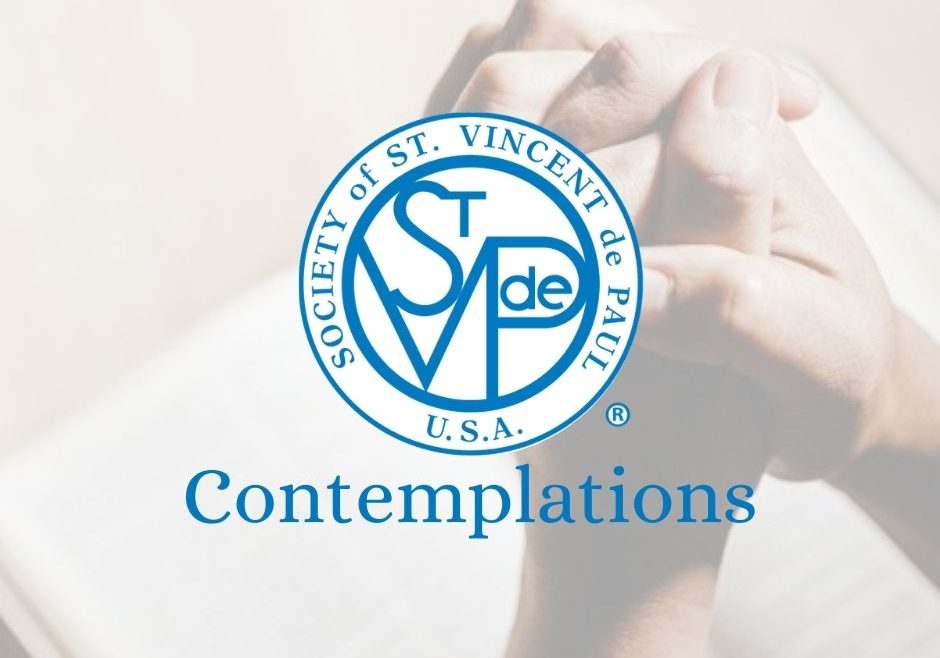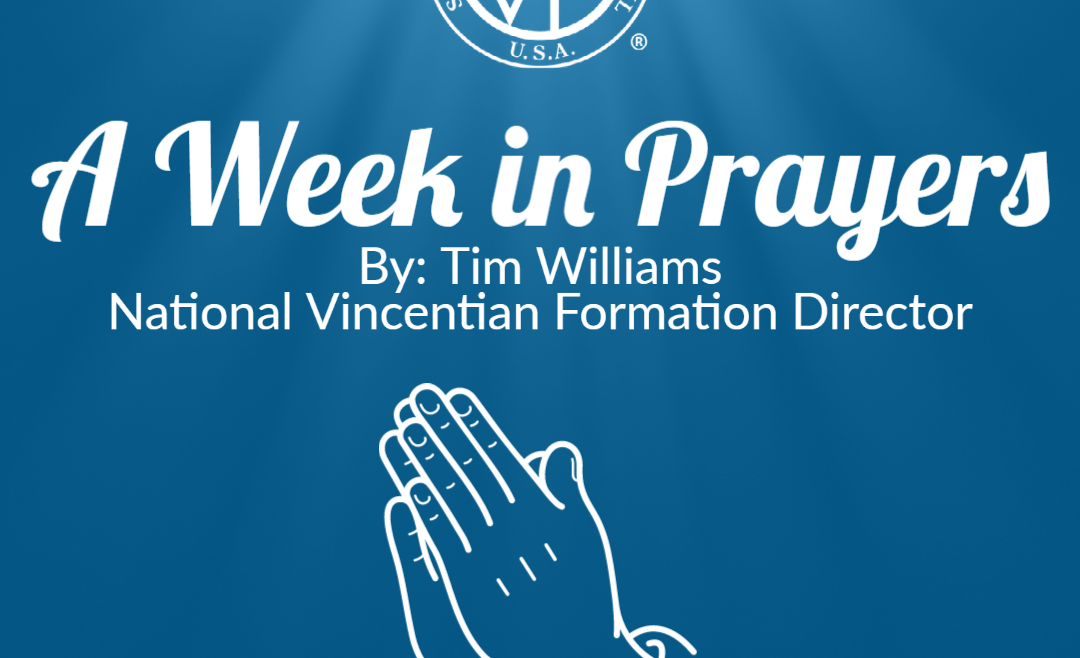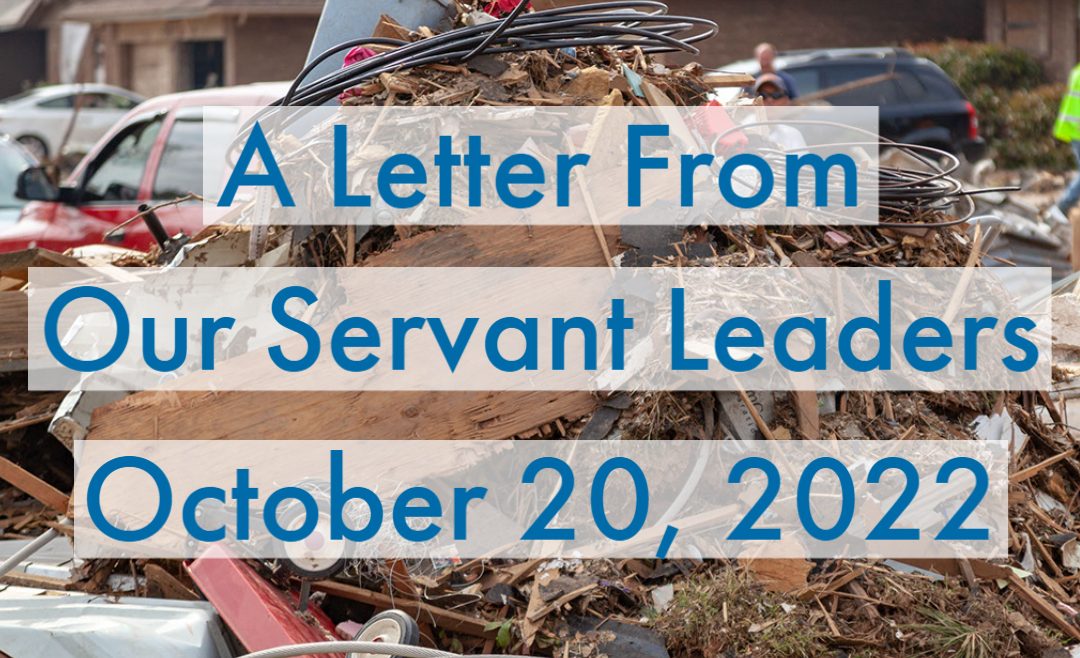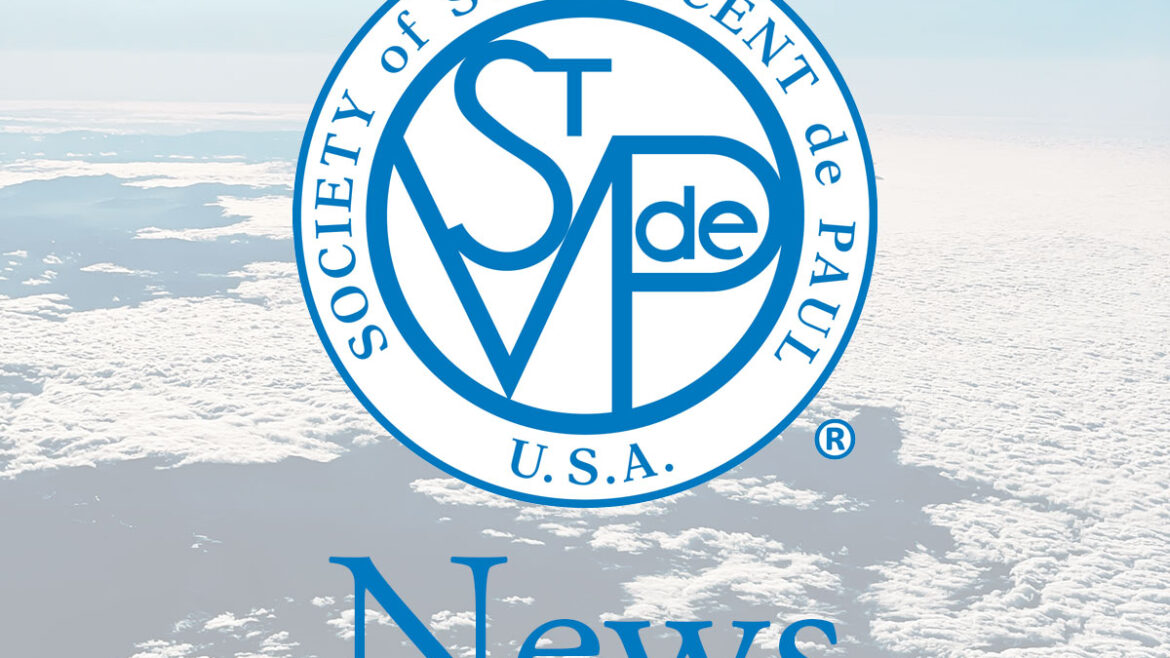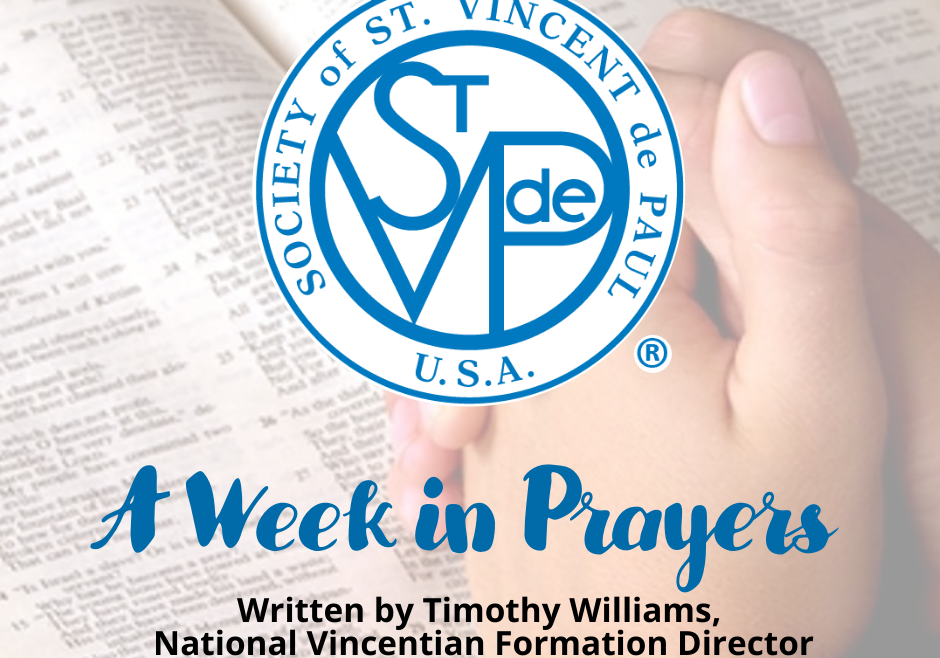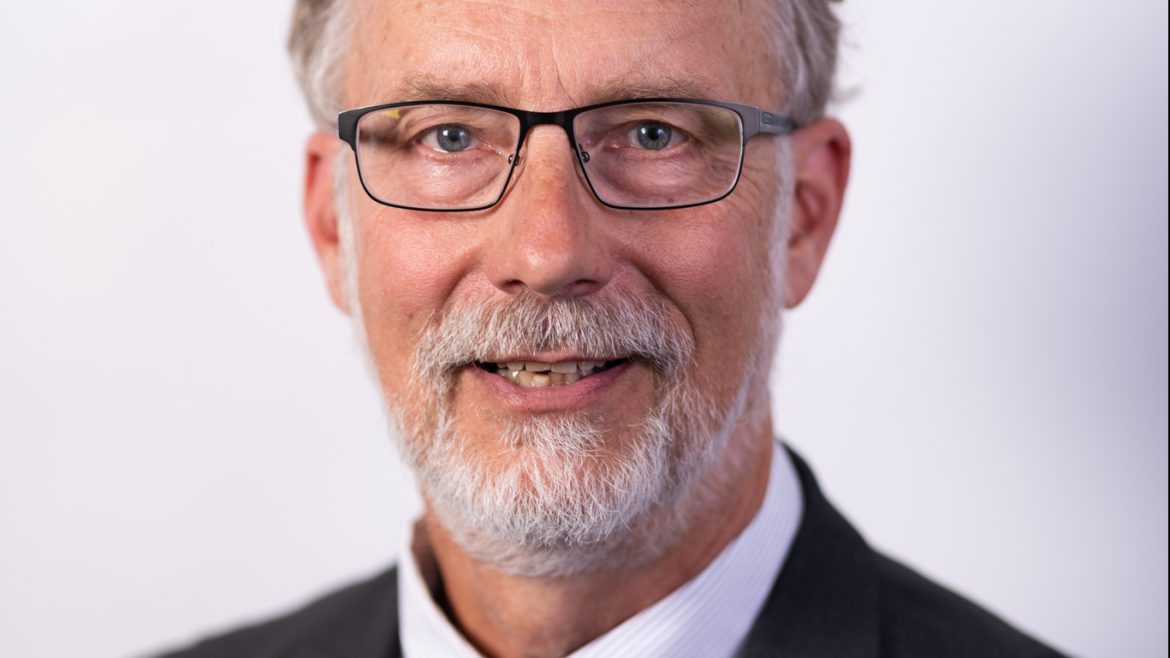By: John Thelen
Mideast Region, Council of Lansing, MI
Our St. Vincent de Paul Store’s Facebook Page is used as an informational tool to educate and inform followers about our mission and how our store helps us to achieve our mission. To increase our followers, we’ve posted signs throughout our store, (dressing rooms, restrooms, donation intake, store entrance, cashier counters, etc.) inviting people to LIKE our Facebook Page. We list our Facebook Page on business cards that are available at various places throughout our store that show our store and donation hours and the telephone number to request assistance.
Each week, we will advertise our color sale for the week. We use Facebook to show case unique, higher value items to draw customers into our store. Our community has several trader pages, so we will post items to pages that we feel will help us reach our targeted audience for the particular item we have available. We post pictures of the item, along with the price and indicate our address where the item can be seen. We’ve had good success bringing new people into our store that otherwise would not have visited.
We also use Facebook to further the work of our mission to serve our ‘Neighbors in Need.’ During Covid, when our store was forced to close, we used Facebook to show how we collaborate with other agencies within our community. We would share links to mobile food pantries and the food banks that are available in our area. We’d take pictures as we partnered with agencies to collect care bags for those that had to quarantine in motel rooms so they didn’t expose other family members still at home. We used Facebook to promote the collection of blankets and sleeping bags for the homeless. Facebook followers could see what we really were all about. That we were doing the work of St. Vincent’s even though our store was closed.
As you watch your Facebook LIKES increase, you can see when followers share your posts, which helps communicate important, timely information. Be sure to continue inviting your staff members, volunteers, fellow Vincentians, church members, collaborating agencies, etc. to LIKE your page which will continue to grow the number of people that can help tell our story. It has been said that St. Vincent de Paul is the “best kept secret” within many parish communities. Let’s help to change that. Our work with ‘Neighbors in Need’ should be discreet, but sharing about the greater good that we do needs to be shared.
If we don’t share it, who will?
The National Stores Committee is a group SVdP store folks that represent each SVdP Region and are committed to best practices in support of SVdP thrift stores for success across the nation. Find great topical articles from the Region Reps here in the Stores Corner of the E-Gazette on the last Thursday of each month.
Connect with a Region Rep to learn more about what they are doing in your area – list of committee members can be found under the Resources drop down at https://www.svdpusa-thriftstore.org/
Check out the SVdP Stores webpage! You’ll find tons of great information regarding all things stores!?
